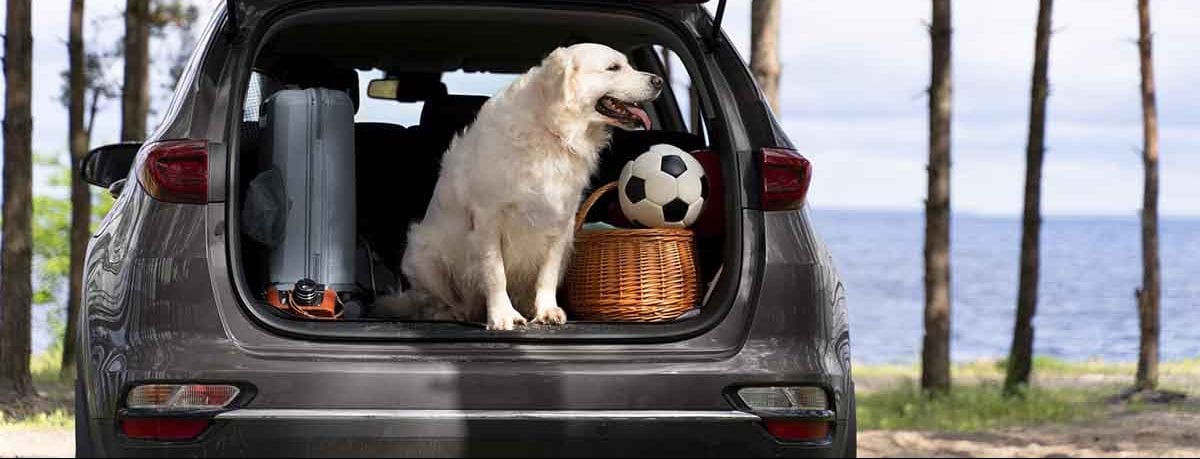
On vacation with your pet: the best tips for traveling with dogs
21 of July of 2021
To the beach, the mountains, a foreign country, and even around the world. More and more people are taking their pets on trips, whether by land, sea, or air. Above all, they’re encouraged by environments that are making it easier and easier.
However, taking a dog or other companion animal on different modes of transportation involves a series of minor difficulties that must be taken into account before packing your suitcase and heading out on vacation. Here are the best tips for traveling with dogs without any setbacks.
Before leaving: from paperwork to treats
The first thing that must be ensured before going on a trip with an animal is that it will be healthy and calm during the journey. Therefore, it’s best to start with a visit to the vet. They can evaluate their health, confirm if they need any treatments, or recommend a remedy for motion sickness.
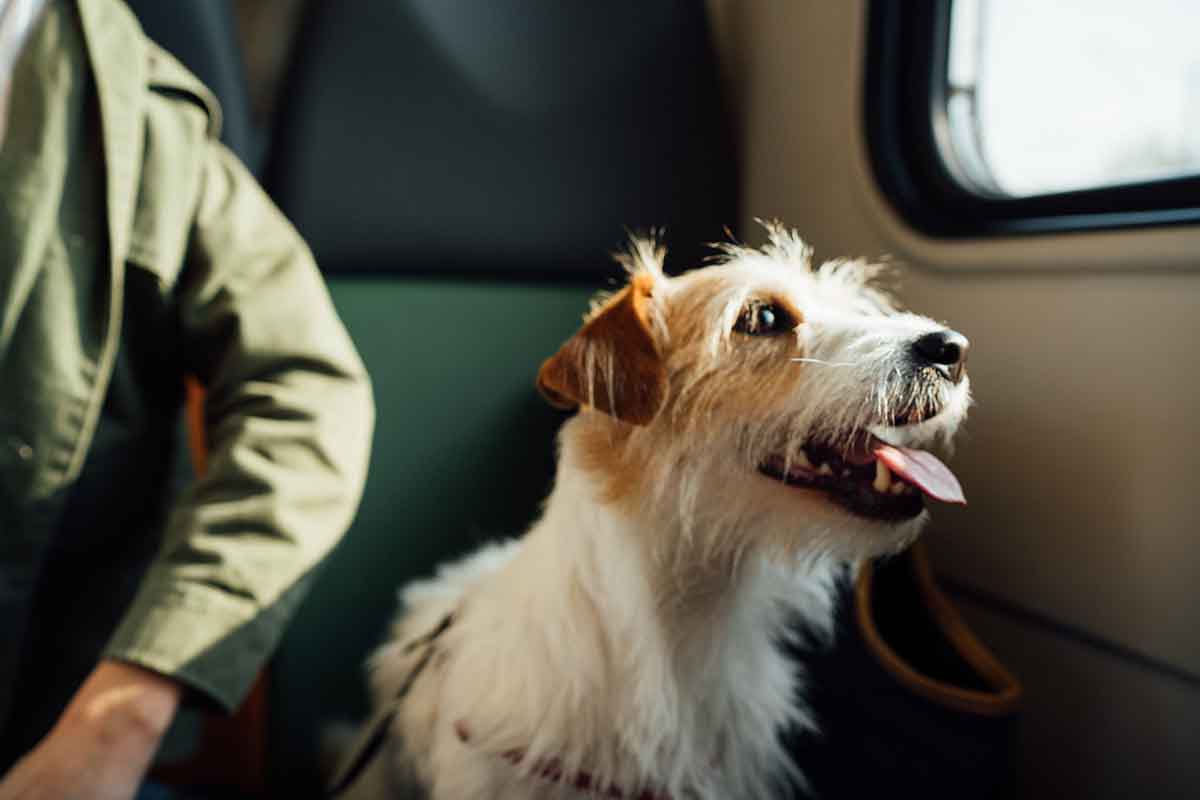
Next, get all the paperwork ready. Animals must travel with their documentation and their health card in order. If the trip is abroad, it’s advisable to review the requirements of each country in detail to avoid scares (and even fines) once you reach the destination.
Once this is done, the only thing left is to ensure that the animal will be comfortable during the trip. This is perhaps the most difficult part since each dog’s personality comes into play. While some will calmly enter their carrier, others can get quite nervous and have a hard time during the journey. For this reason, it’s important for owners to prepare their toys, treats, or things that will keep them calm. It’s also recommended to carry their food and drink, stool bags, and generally everything the dog needs in daily life.
Safe and comfortable on car trips
There are numerous options for carrying dogs in the car: carriers, harnesses with one or two hooks, and even dividing racks. As the Organization of Consumers and Users (OCU) explains, each of these systems has pros and cons. Choosing one or another (or a combination) depends on the size of the dog and the car, the number of travelers, and the kind of trip. Or even the dog’s or owner’s preferences.
However, there is consensus on one point: having the dog loose or in someone’s arms should be avoided – no exceptions. As the Directorate General of Traffic (DGT) reminds us, in the event of a collision or sudden braking, a loose dog can be thrown, hit the front of the vehicle, and harm other passengers.
The advice doesn’t end there:
- It is recommended to stop every few hours so the animal can relieve itself and stretch its legs.
- It should never put its head or any other body part out of the window.
- Eating light meals is best to avoid dizziness or vomiting.
- Another good idea is to start with short trips and homeschooling it on the restraint system before using it in the car.
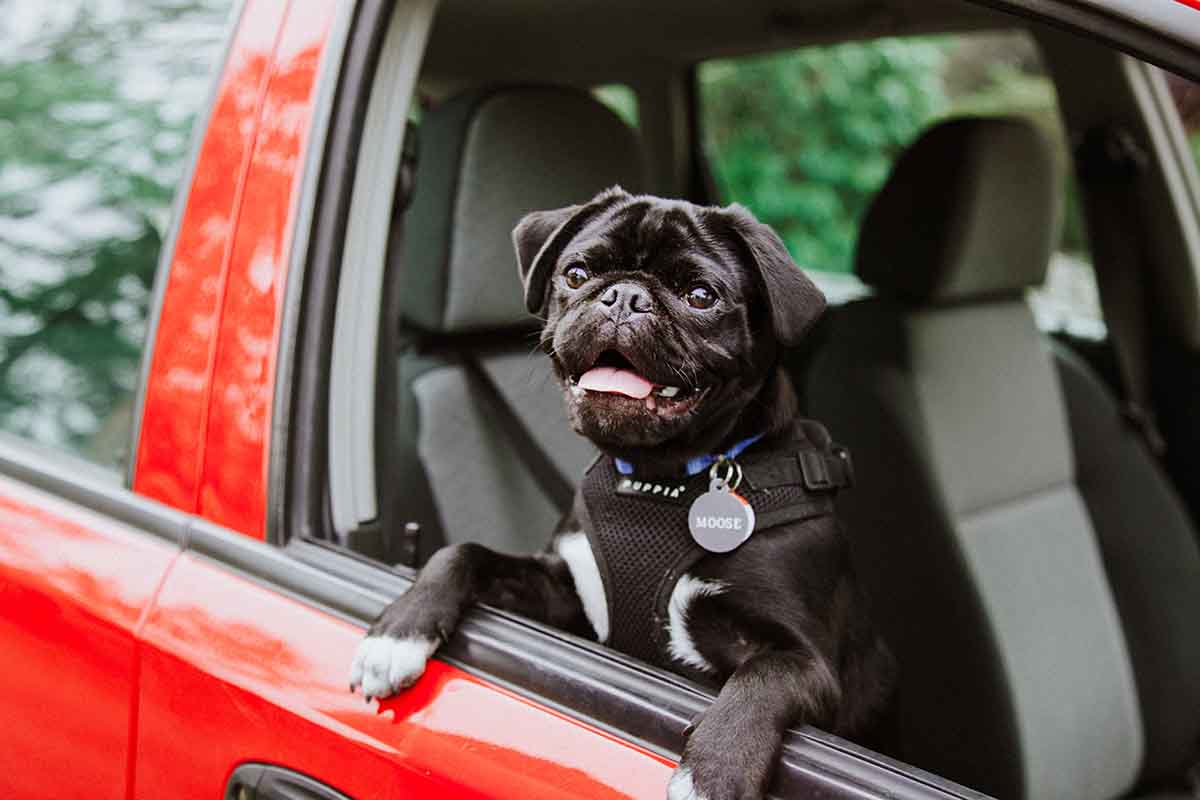
Beware of heat
During the summer months, dogs especially suffer from the arrival of heat. They don’t produce hardly any sweat and, though some lose some of their fur, it continues to make it hard for them to regulate their temperature. This is why it’s so important to keep them cool and hydrated at all times, especially when traveling to places with high temperatures and during mid-day.
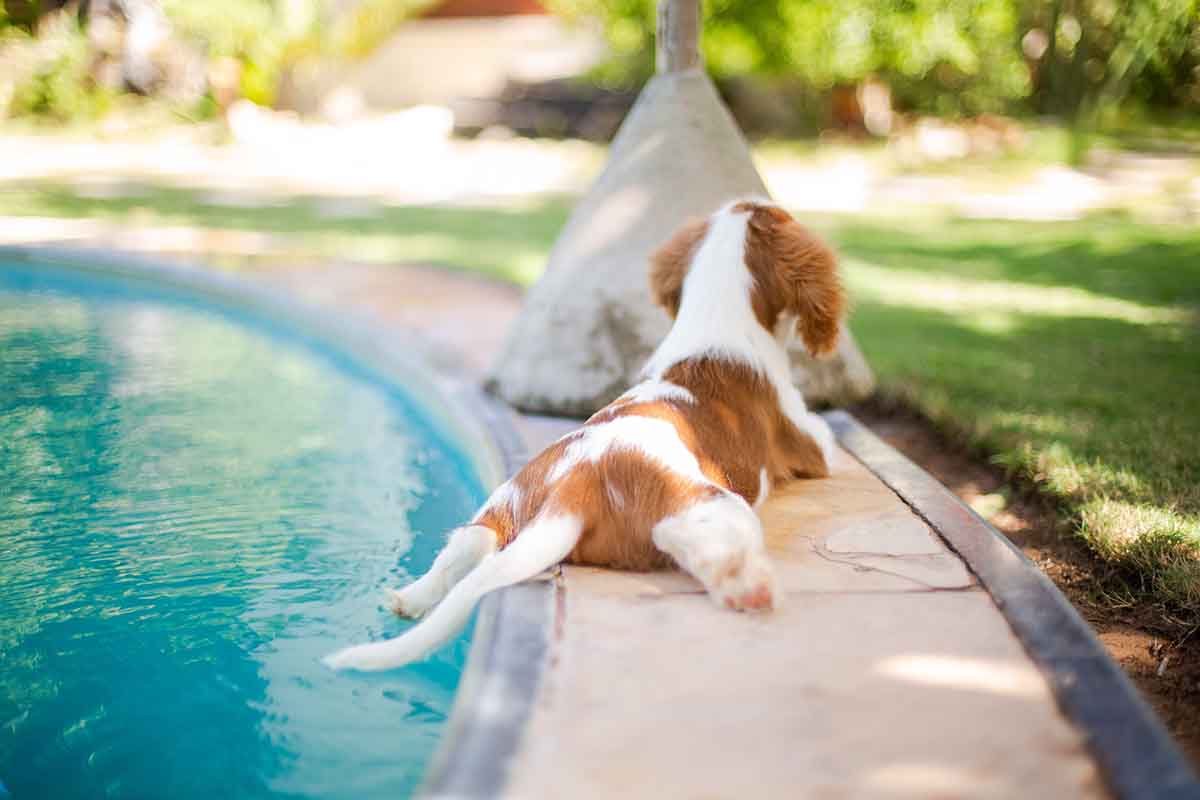
The SINC Agency offers a set of recommendations to recognize the signs of heatstroke and dehydration and prevent dangerous situations. These include offering access to cool, clean water and never leaving animals alone in the car. Not even with the air conditioning on.
“On a hot day, the temperature inside a vehicle can rise from 29°C to 39°C in 10 minutes, even with the windows open. After 30 minutes, the temperature could reach 49°C,” the agency explains.
During the journey, it’s also advisable to ventilate the vehicle or use air conditioning. It is also important to travel in pleasant temperatures during winter, especially if the animal is going to spend long periods of time without moving.
Yet another passenger: how do they travel by train or plane?
The conditions for transporting animals by train or plane depend on each company. In Spain, for instance, passengers on Renfe trains can be accompanied by their pets as long as they don’t weigh more than ten kilograms and are in a carrier. In some countries, there are no restrictions of this sort, so it is best to review the regulations at each destination.
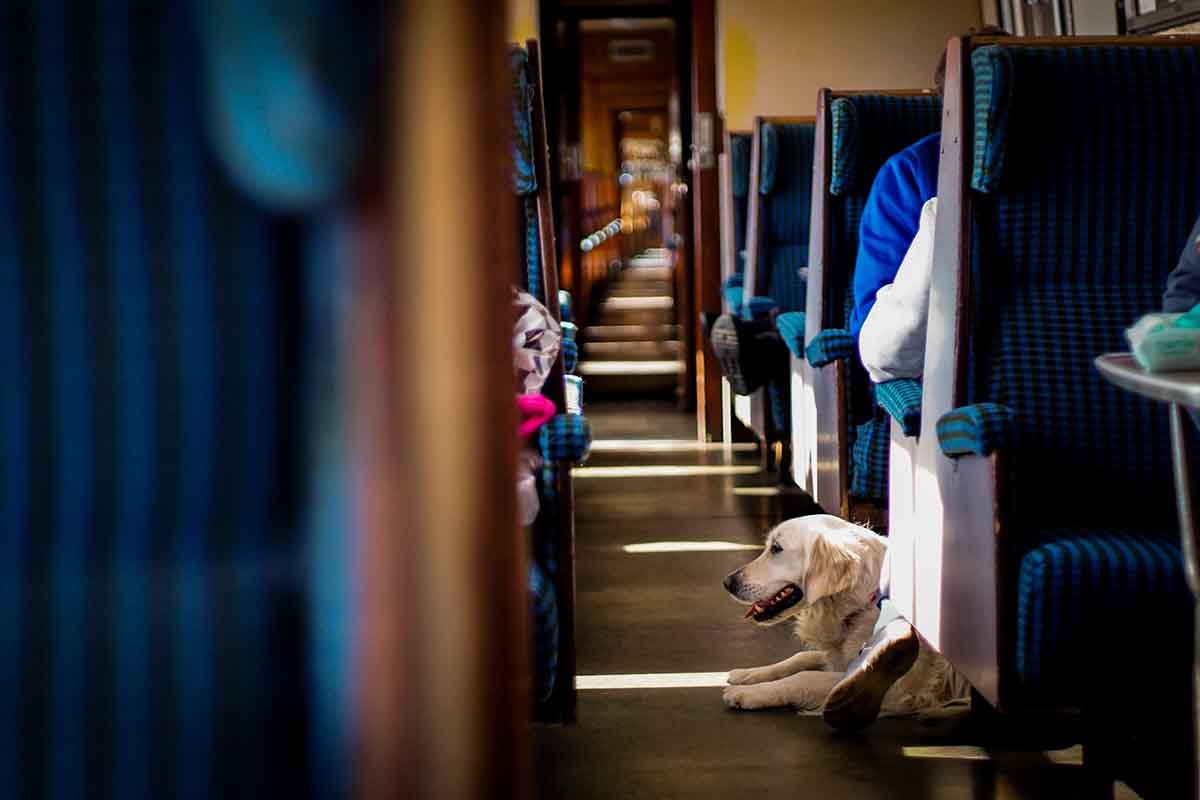
On planes, dogs usually go either in the cabin (again, in a carrier) or in the holds, depending on their weight. In addition, each company has its own regulations on the sizes and characteristics of the carriers or containers. These restrictions vary, of course, when it comes to guide dogs or service dogs.
Whether traveling by train or plane, it’s best to check each company’s rules and go to the station or airport with plenty of time to spare to address any problems that may arise.
It is also important for the animal to start the journey calm and surrounded by everything it needs. In the event that it is traveling alone (for example, in the hold of the plane), it is a good idea to surround it with toys, a blanket, or any other object that can help deal with the journey. When you get to your destination, it’s time to spend some time to make sure that everything went well and your pet is ready to continue the journey.





There are no comments yet